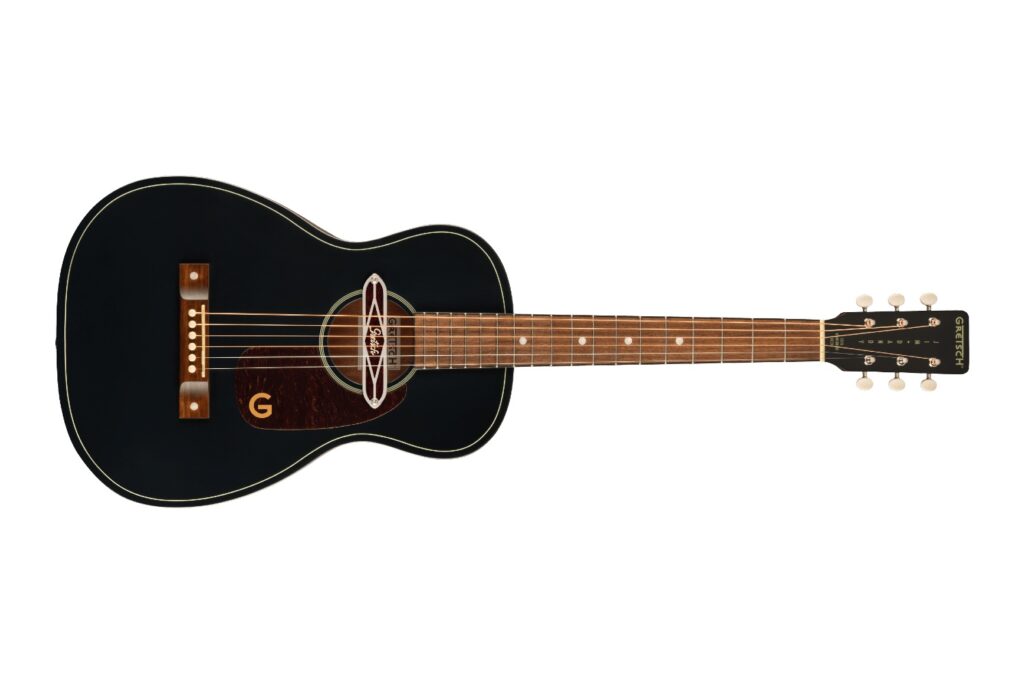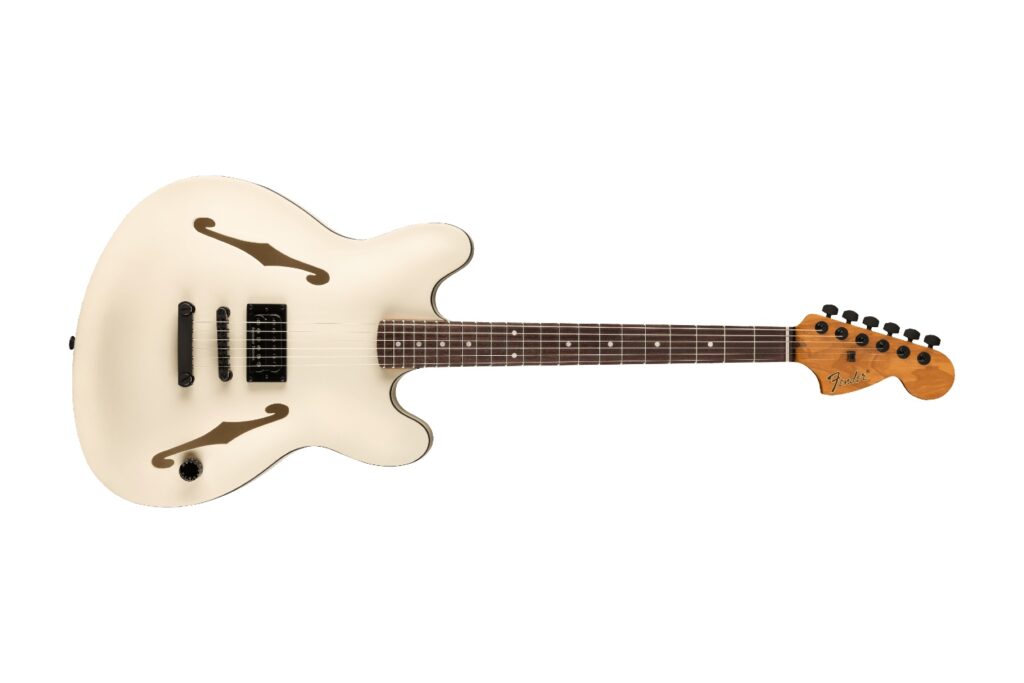Popular pedals such as Steve Vai’s Bad Horsie and Bad Horsie 2, as well as the classic Power Wah Volume are discussed here, and boy oh boy have I gone to town on them. The 20/20 series, including the Bad Horsie Wah and Power Wah Volume, feature a new buffer circuit, improved features that retain the best of the classics, and the same optical circuit switching for years of perfect performance.
Without going too far down the rabbit hole, more conventional expression pedals are comprised of a switch that engages the effect, which is then dialled back and forth by a pedal which is moving a cog that is affecting a potentiometer (‘pot’). This pot is actually doing the frequency filtering, or ‘effecting’ per say. Over time, as most things do, these pots wear out and need to be replaced, fixed, or serviced. Morley pedals, however, are controlled by optical and silent switching which, again, skipping the rabbit hole, uses a shutter inside the pedal that allows more or less light through to a resistor to control the effect, similar to how a pot might, but without the wear and tear. This allows Morley to do away with pots, and a lot of wear and tear, as well as offering silent switching using optical circuitry in the new 20/20 range of pedals, all put together in a more pedal-board-friendly package, unlike some of Morley’s more famed and robust models that admittedly occupy a lot of real estate.
The Bad Horsie Wah, a slight remake of the famed Bad Horsie and Bad Horsie 2, features the Bad Horsie 2’s contour and volume knob, as well as a spring loaded design, originally at Vai’s request. For those accustomed to Dunlop wahs, or similar, this is a much more comfortable way to wah, offering more control over the effect that quickly snaps back to zero/off when not used. The contour mode offers a slightly different style of wah, and can be toggled between using the Contour switch, and depicted by a bright red LED. If two wahs in one isn’t enough, the 20/20 range also offers a Power Wah Volume, a double-threat wah pedal and volume pedal to be used together and further save pedal-board space. The Wah mode offers a Wah Boost of up to 20dB, which does not affect the volume when toggled over into Volume mode. Another bright red LED signifies the Wah mode; no light and the pedal is just a solid volume pedal with a consistent taper for balanced response and nuance. What’s more, both pedals feature glow-in-the-dark logos to be easily seen on dark stages, and all pedals in the 20/20 range feature inbuilt signal buffer to keep your tone as clean and consistent as possible; it really is the little things.
All-in-all, Morley have somehow improved on some real classics. The Bad Horsie is an all-encompassingly famous wah, only eclipsed by the main himself: Steve Vai. The Power Wah Volume manages to pack so much into a single pedal, whereas the 20/20 incarnation packs it all, plus a signal buffer, into an even smaller package. They’re as robust as ever, designed within an inch of their life, and built to withstand not only the road, but the stage, your shoes, and your expression. Morley are as ready as they’ve ever been… are you?






